Best Time for Dry Rot Repairs
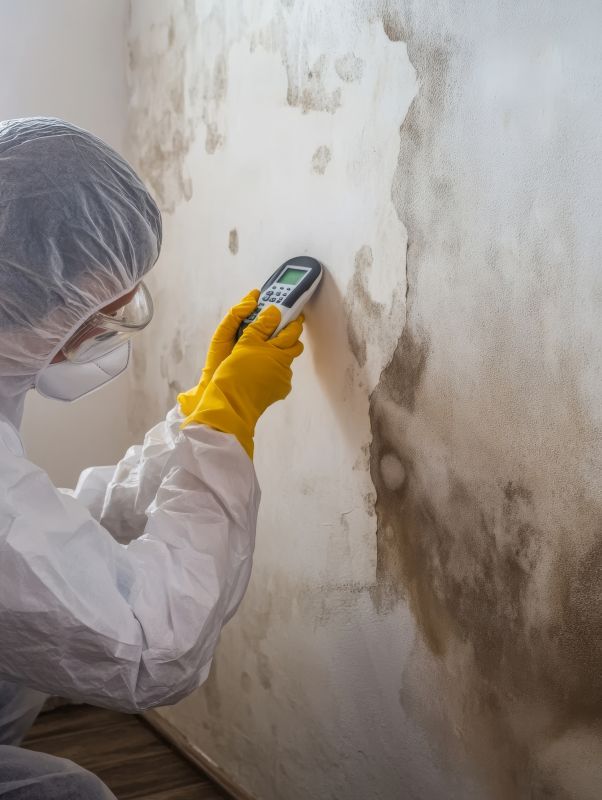
Visual assessments are most effective during dry, mild weather conditions when moisture levels are low.

Late spring and summer months provide optimal conditions for repairs due to reduced humidity and easier access.

Avoid repair work during rainy or humid periods to prevent further moisture intrusion and ensure proper drying.
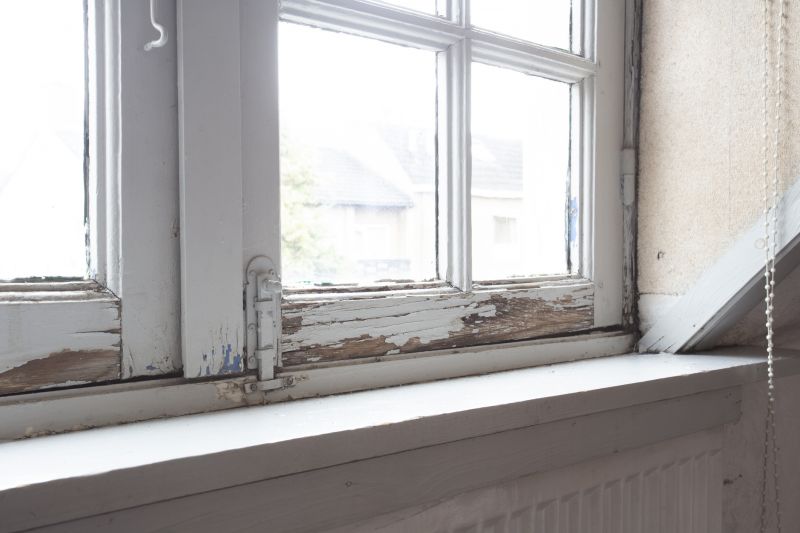
Ways to make Dry Rot Repairs work in tight or awkward layouts.
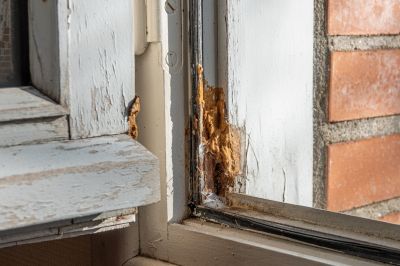
Popular materials for Dry Rot Repairs and why they hold up over time.

Simple add-ons that improve Dry Rot Repairs without blowing the budget.
Dry rot is a type of wood decay caused by specific fungi that thrive in moist environments. It can compromise structural integrity if left untreated. Proper timing for repairs is crucial to prevent further damage and ensure effective treatment. Typically, dry rot repairs are most successful during periods of low humidity and dry weather, which facilitate thorough drying and treatment application. Moisture control is essential, as fungi require damp conditions to spread and cause damage.
Addressing dry rot promptly prevents extensive structural damage and costly repairs in the future.
Look for spongy wood, musty odors, and visible fungal growth to identify dry rot early.
Treatments include removal of affected wood, application of fungicides, and moisture control measures.
Weather conditions influence the success of repair work; dry conditions are preferred.
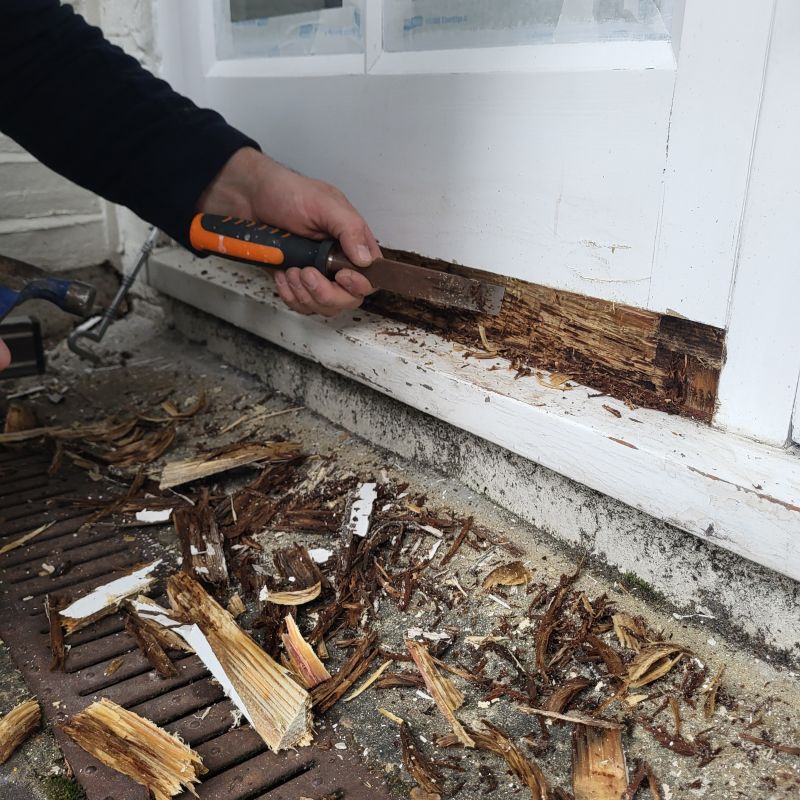
Removing affected wood and treating the area during dry months ensures better results.
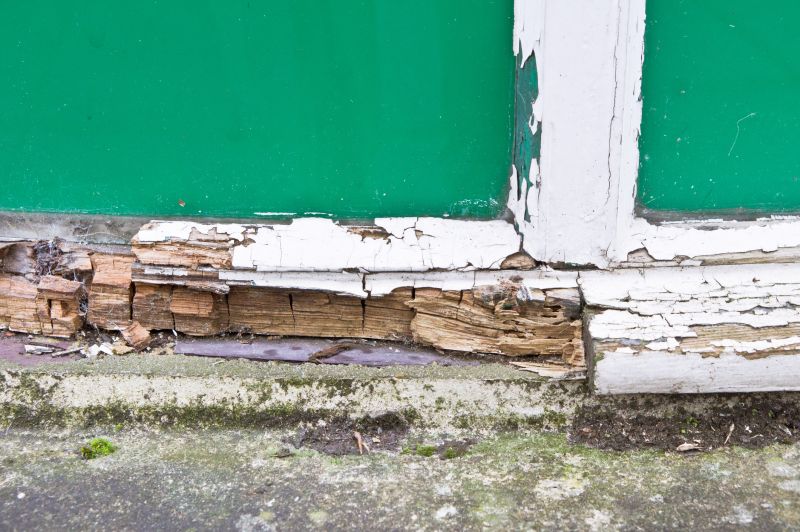
Visible fungal spores indicate active dry rot, best addressed during dry weather.
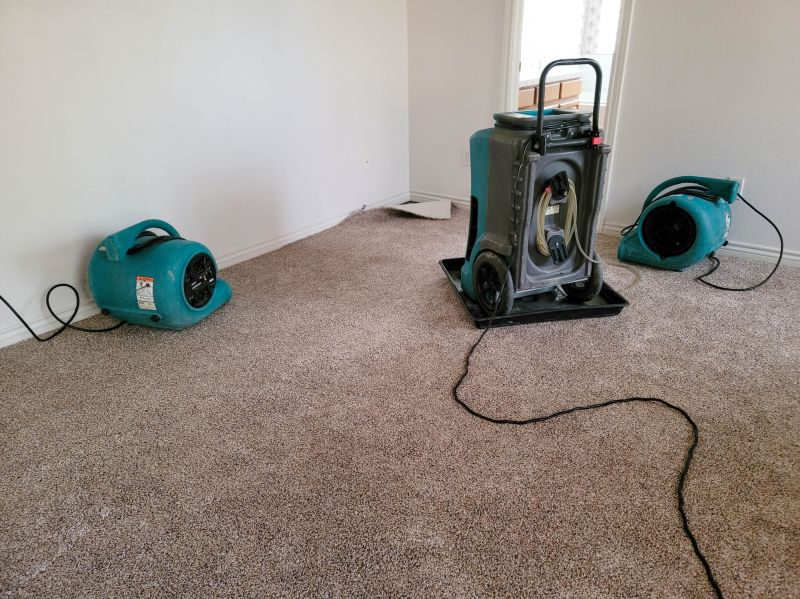
Dehumidifiers and moisture barriers are effective during repair periods with low humidity.

Timely repairs during suitable weather conditions help restore structural integrity.
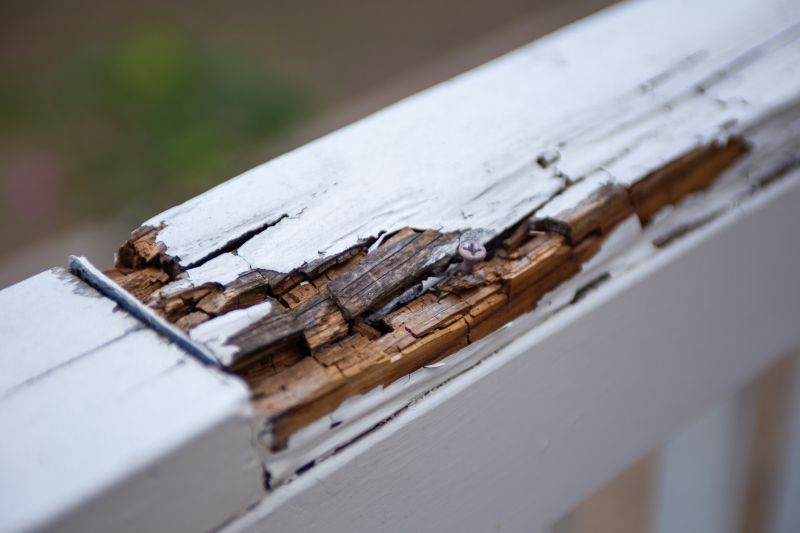
High-end options that actually feel worth it for Dry Rot Repairs.
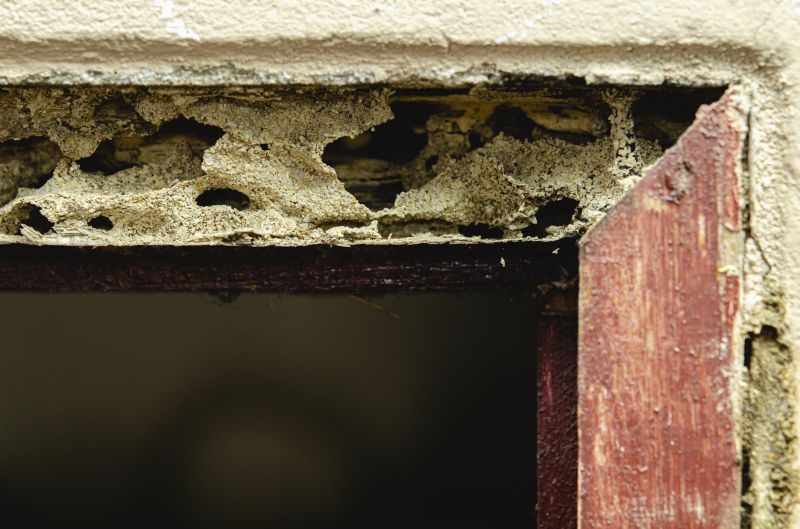
Finishes and colors that play nicely with Dry Rot Repairs.
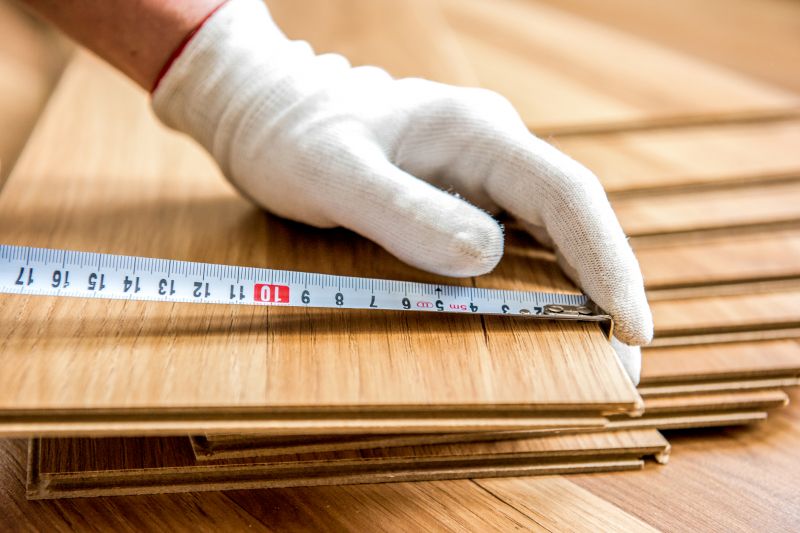
Little measurements that prevent headaches on Dry Rot Repairs day.
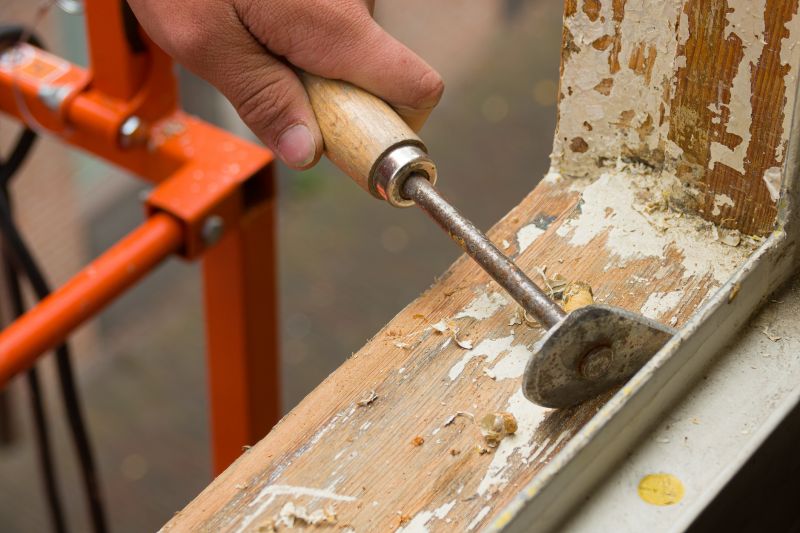
A 60-second routine that keeps Dry Rot Repairs looking new.
| Season | Optimal Repair Conditions |
|---|---|
| Spring | Ideal for dry rot repairs due to moderate temperatures and lower humidity. |
| Summer | Best time with dry weather, facilitating thorough drying and treatment. |
| Autumn | Possible, but increased moisture levels may delay repair effectiveness. |
| Winter | Not recommended due to high humidity and cold temperatures. |
| Late Spring to Early Summer | Most suitable period for dry rot repairs. |
Dry rot repairs require careful planning and timing to ensure successful remediation. Moisture levels, weather conditions, and environmental factors significantly influence the effectiveness of treatment. Conducting repairs during dry and warm periods minimizes the risk of fungal regrowth and structural deterioration. Regular inspections and prompt action help maintain the longevity of wooden structures affected by dry rot.
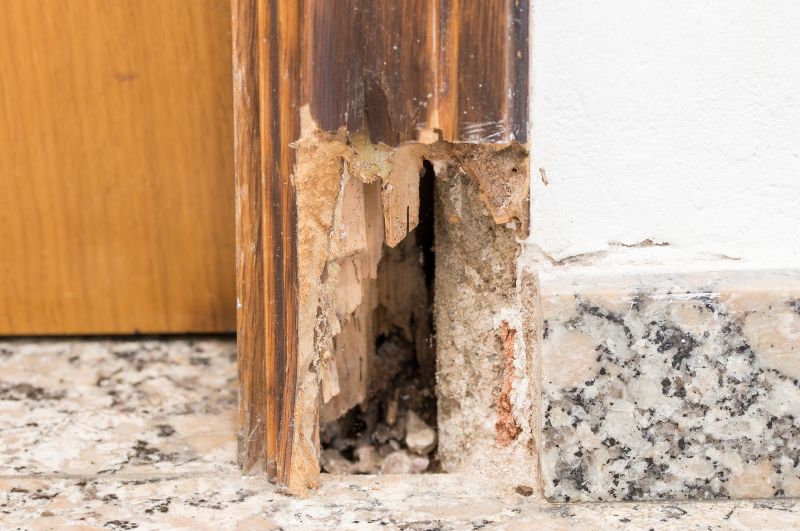
Visible decay and fungal growth highlight the importance of timely intervention.
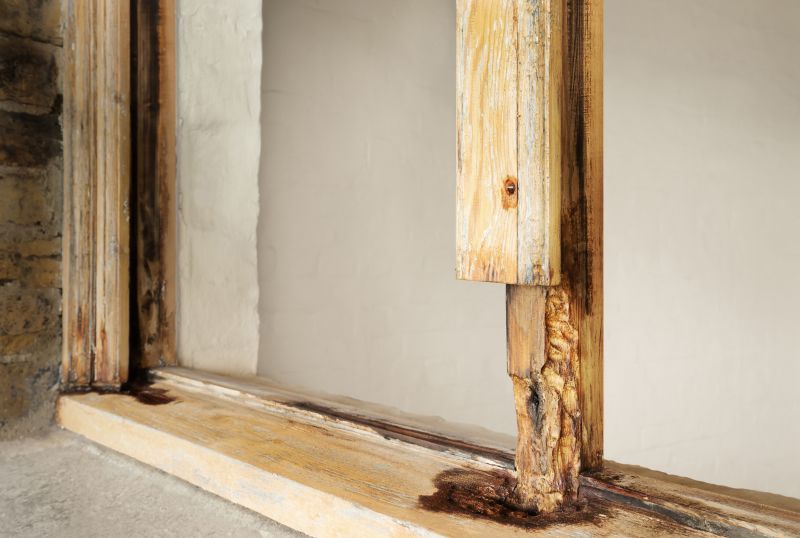
Careful removal of compromised timber is essential during dry, dry rot repair periods.

Treatments are most effective when applied during dry weather conditions.
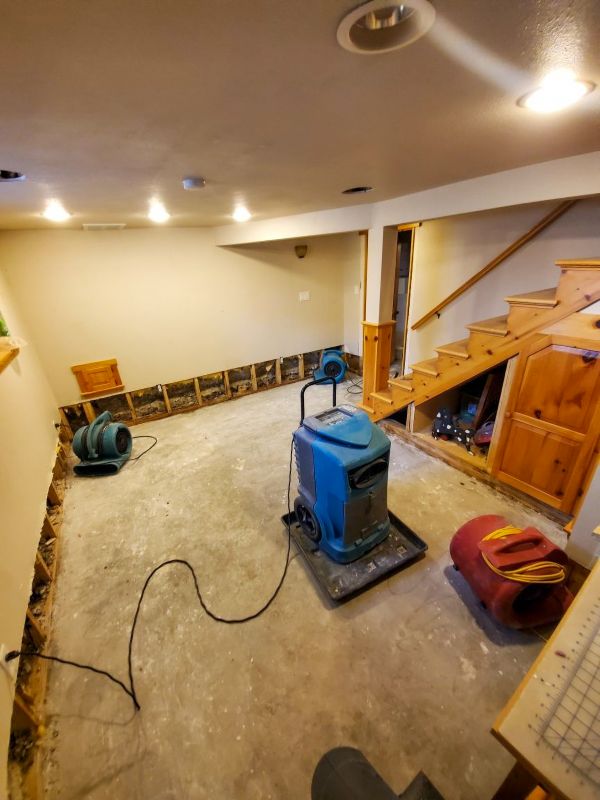
Properly timed repairs help restore structural safety and prevent future issues.
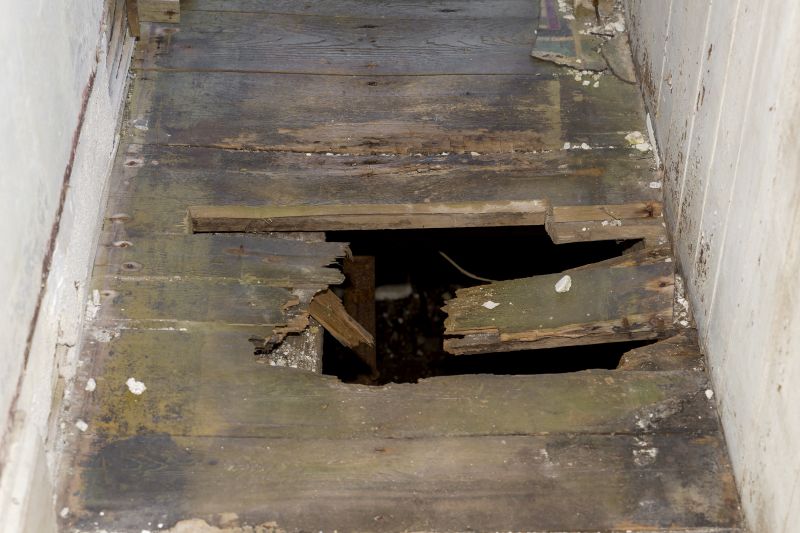
A frequent mistake in Dry Rot Repairs and how to dodge it.
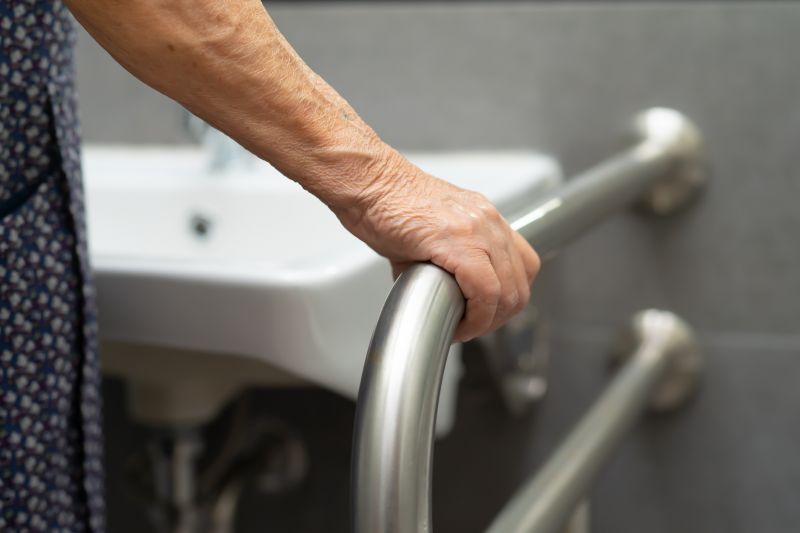
Small tweaks to make Dry Rot Repairs safer and easier to use.

Lower-waste or water-saving choices for Dry Rot Repairs.

The short, realistic tool list for quality Dry Rot Repairs.
Understanding the best timing for dry rot repairs can significantly impact the durability of the results. Ensuring that moisture levels are minimized and weather conditions are favorable enhances the effectiveness of treatments. Regular monitoring and maintenance are recommended to prevent recurrence and maintain structural integrity.
Interested in dry rot repairs? Filling out the contact form can provide additional guidance and scheduling options to address dry rot issues effectively.



